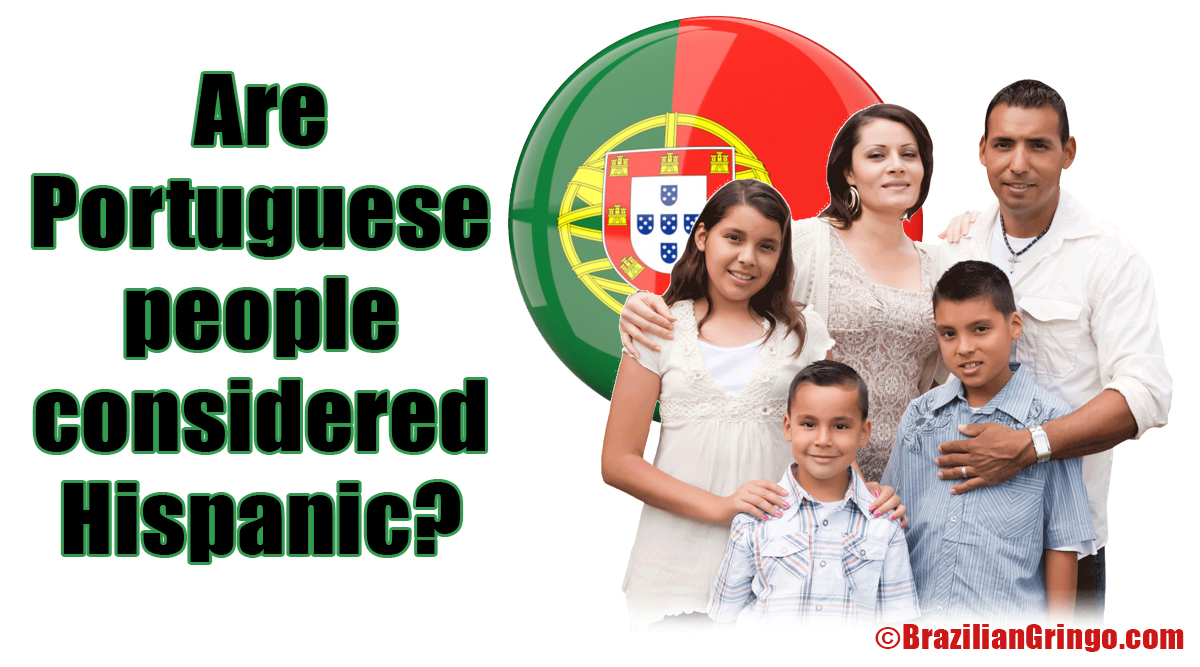The question of whether Portuguese people fall under the term “Hispanic” has complex roots tied to history, language, culture, and evolving definitions of identity. On the surface, Portugal’s proximity to Spain and shared Iberian ancestry might seem to linguistically and culturally align it with Hispanic identity. However, crucial differences set the Portuguese and their diasporas apart from their neighbors on the Iberian peninsula.
Examining the nuances reveals the significance of Portugal’s distinct path of empire, artistic expression, and language evolution in forging a separate Lusophone identity beyond the Hispanic world. While blurry edges remain, investigating the bounds of Hispanic definition clarifies the Portuguese sphere.
Historical and Geographical Context
Spain and Portugal emerged from the medieval breakup of the Iberian caliphates into Christian kingdoms. Despite periods of unity between the crowns, Portugal traces a distinct national history from the 12th century onwards.
The term “Hispanic” originated in ancient Rome, referring to peoples of ancient Hispania, the entire Iberian Peninsula. In the modern context, Hispanic identity associates more specifically with the Spanish imperial legacy.
Linguistic Considerations
Portuguese and Spanish share a common root in Vulgar Latin, but linguistic differences emerged. Key divergences include Portuguese’s seven vowel system, preserved consonants like the “l” in “mulher”, and unique dipthongs. Mutual intelligibility persists thanks to lexical similarity.
But separate language conventions developed over centuries of separate empire and artistic evolution. This distinguishes Portuguese as the language symbolizing Lusophone identity.
Cultural Distinctions
Culturally, Portugal asserts its own customs and artistic practices:
- Music – Fado guitarra ballads, unique instruments like the cavaquinho
- Dance – Cirandas circle dances
- Visual arts – Azulejo tilework, Manueline Gothic architecture
- Literature – Luís de Camões’ Os Lusíadas epic
- Cuisine – Salt cod, egg tarts, and vinho verde wine
Vs flamenco, tapas, and paella defining Spanish culture. Shared Catholicism coexists with divergent expressions of faith.
Political and Socio-economic Factors
In the US, Hispanic identity expanded to encompass immigrants from all Latin American countries for census categorization. But in Europe, Portuguese identity remains decoupled from Hispanic definitions.
In immigrant communities, shared language facilitates integration with Hispanics. But Portuguese communities also assert cultural separation, evident in festivals, churches, and traditions.
Public Perception and Identity
Among Portuguese citizens, views on identifying as Hispanic vary generationally. Older Portuguese may reject the term due to 20th century political rivalry with Spain.
Younger Portuguese exhibit more flexibility, aligning partially with multicultural Hispanic Europe while still distinguishing their Lusophone national origins. But associations with Brazilian and former African colonies also shape European Portuguese identity.
Modern Implications
Globalization and migration complicate static identity definitions. Multiculturalism in Europe and the Americas creates complex self-perceptions. For diaspora communities, transnational ties across the Portuguese-speaking world reinforce shared cultural anchors.
While boundaries blur, language remains central to identity. Continued Portuguese usage worldwide sustains Lusophone identity, even among ethnically mixed populations.
Conclusion
Ultimately, the distinction between Portuguese and Hispanic identity lies along a spectrum. But crucial markers—including Portugal’s deep linguistic legacy worldwide, its colonial histories, and regionally specific cultural touchstones—affirm its profile beyond the Hispanic world.
Appreciating the nuances within Iberia and Latin America provides more accurate understanding of this identity. For Portugal and its global populations, the shared Portuguese language remains the thread binding a distinctly Lusophone culture.
